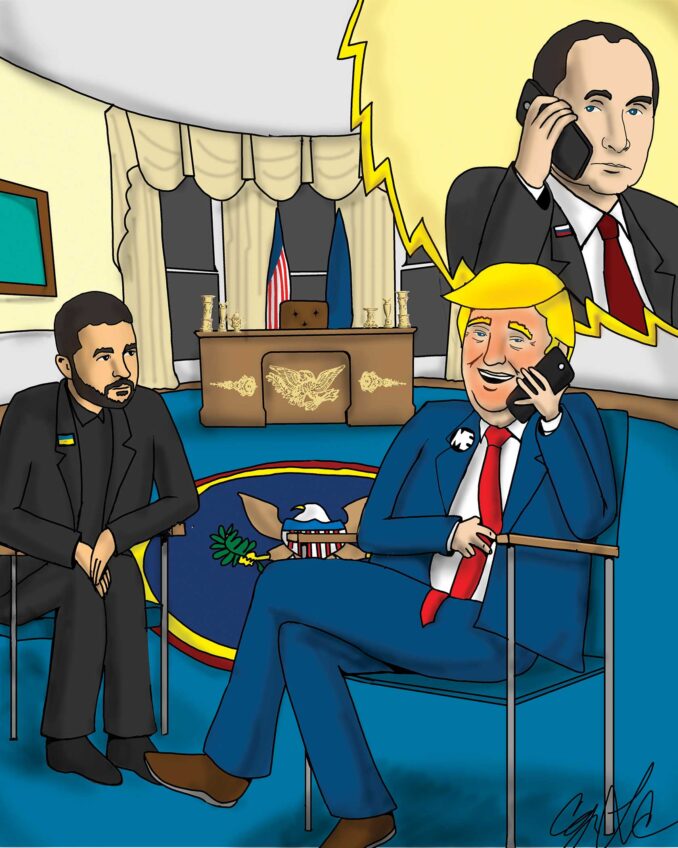
Americans have been shocked to learn that the U.S. Supreme Court is considering the termination of Roe v. Wade, the federal law that has protected a woman’s right to an abortion. Although the legal protection became effective in 1973, those who are ardently opposed to “Roe” have continued their protest over the intervening 50 years. The public was notified about the impending change in the law when a draft opinion of the Supreme Court was improperly leaked to the press.
Such a change in the law was unexpected, because after 49 years, support for abortion had become reliable. Public opinion polls showed that about 70% of the public support Roe v. Wade. It had become a fixed element of the law — what lawyers call “stare decisis.” This change occurs when the basis for American democracy has become free of attack.
Under the Constitution, the president and the U.S. senators have the sole authority to appoint members of the U.S. Supreme Court. The president nominates a candidate who is then appointed with the consent of a majority of the senators, who advise their approval of the president’s selection only after an extended review. Since judges serve for life, it is appropriate for senators to conduct an exhaustive inquiry into candidates’ qualifications.
Unfortunately, it was clear from some of the inquiry of Ketanji Brown Jackson, the recent Supreme Court appointment, that racial and political concerns were more important to some senators than judicial competence. This conduct raised serious questions about the fairness of the process that votes into office presidents who then nominate members of the Supreme Court.
When the United States was first organized, there were some big states and others with less population. The smaller states were concerned about being overwhelmed in Congress by the big states. So the decision was made to permit each state, regardless of size, to have two U.S. senators. This gave the smaller states a more significant presence in the Senate’s activities in the capital and reduced the number of Electoral College votes of big states in an election for president.
Voters do not think much about the disparity created by the Electoral College except every four years when there is a presidential election, but it would be a good idea to be concerned early on about how presidential candidates with the greatest number of popular votes have lost to the Electoral College system.
California is the nation’s largest state, with a population of about 39,238,060. It has two U.S. senators and 53 members of the U.S. House of Representatives. Only Wyoming is less populous than Vermont, which has a population of about 643,077. Vermont has two U.S. senators who are well known, Bernie Sanders and Patrick Leahy, but only one member of the House. California is 61 times larger than Vermont, but that disparity is reduced to 55 to 3 in the Electoral College.
With transcontinental travel so well developed, there is little reason to consider any section of the country to be isolated and ignored. While California is the home to much of the nation’s high-tech industry, it is also a recognized agricultural state. While some of the nation’s greatest universities were established in New England, the University of Michigan, Stanford, the University of North Carolina, Chapel Hill and a number of other colleges are academically esteemed.
In addition, the impact of the national press as well as social media has made current political ideas universally accessible. While there are red states and blue states, all of the Electoral College votes could swing one way or another on the results of a minor difference for one party over another. It is well past the time that American citizens should have a direct vote for the presidential candidate of their choice without relying on the Electoral College. Several presidents have been elected without having a majority vote.
In 2000, George W. Bush was elected president, although Al Gore had 543,816 more votes. In 2016, Donald Trump became president even though Hillary Clinton had nearly 3 million more popular votes, but Trump had 304 electoral votes to 207 for Clinton. It’s time for a change.






